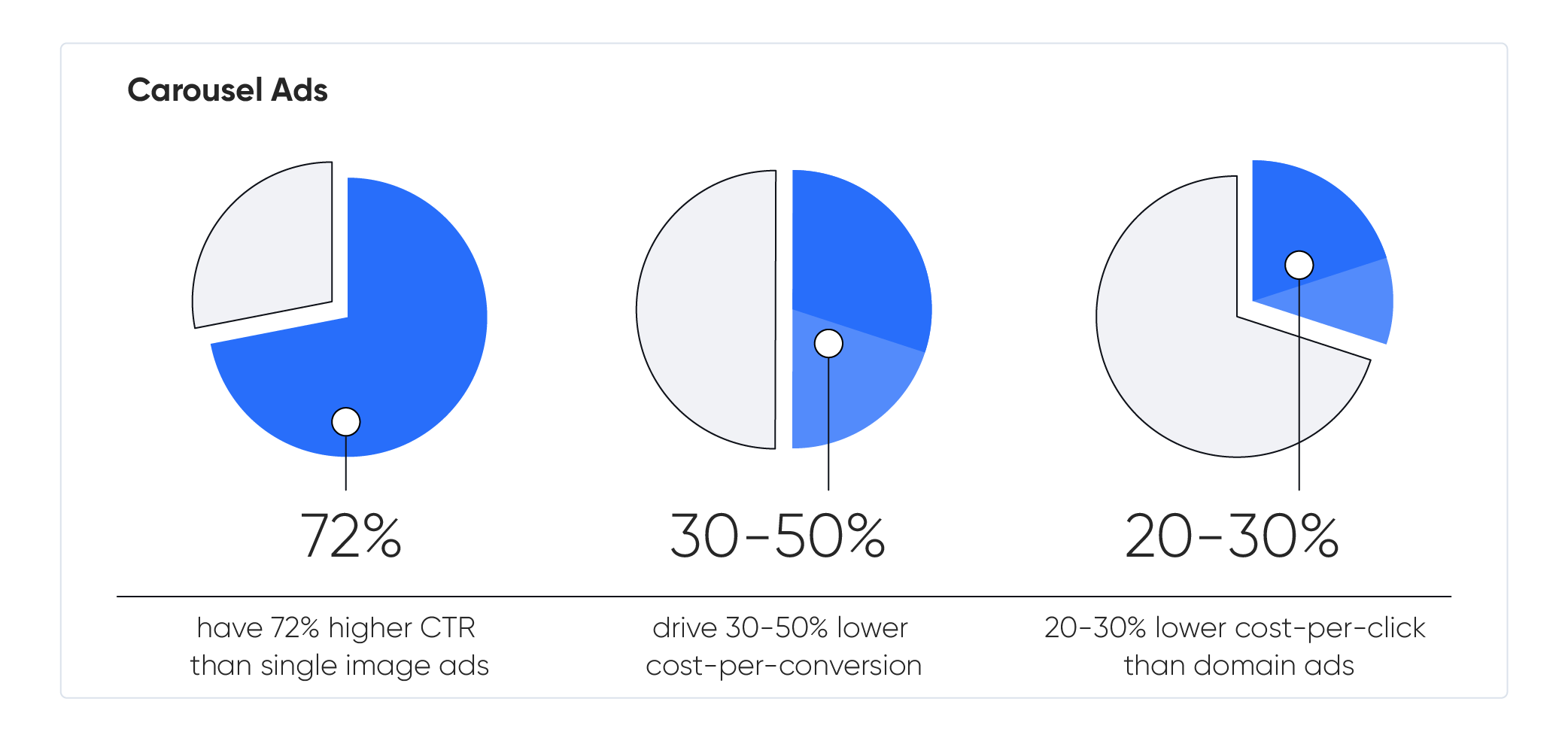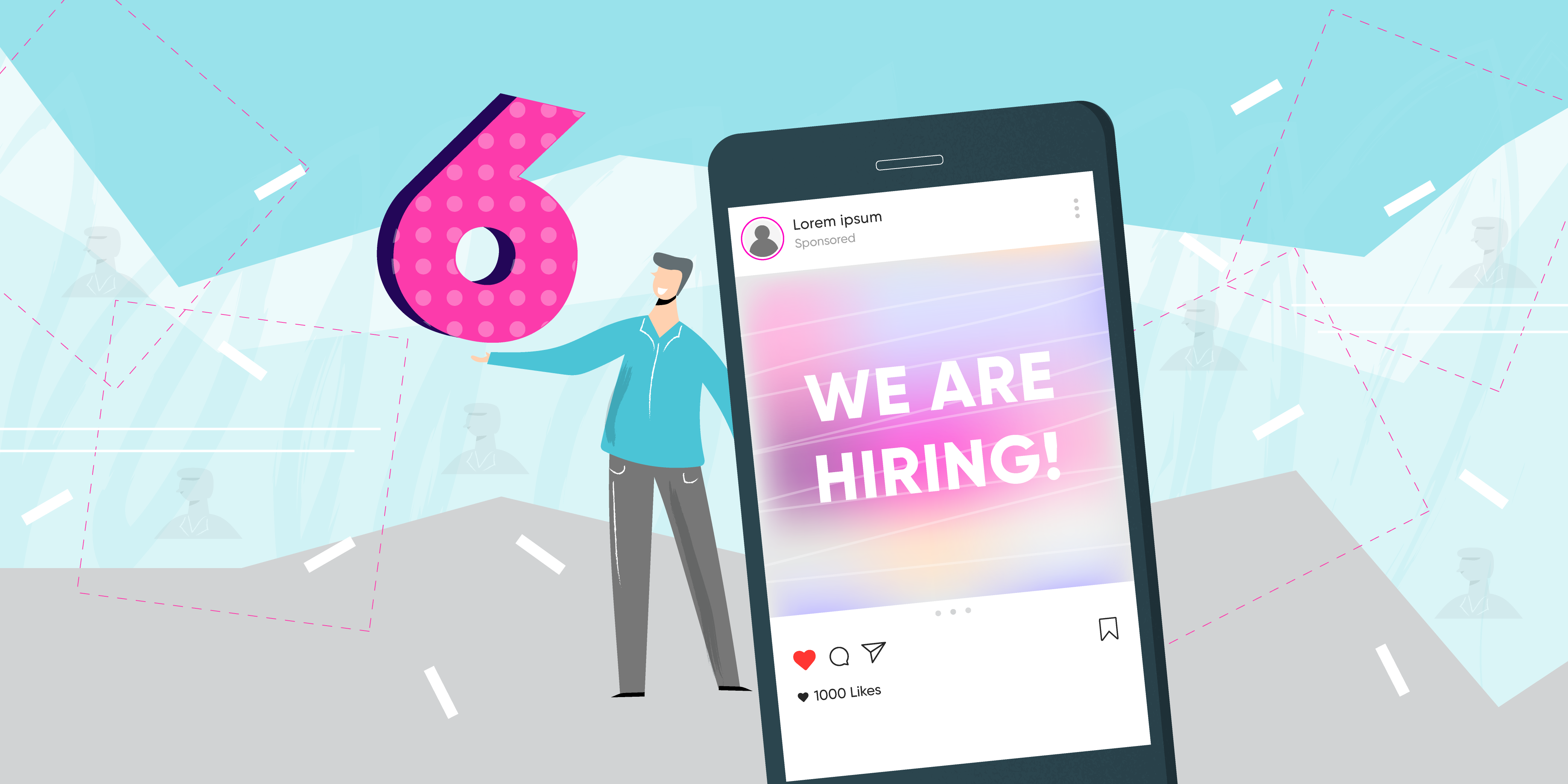Your company is a great place to work, and you’ve got a strong employer brand to show for it.
But what do you have to show for your employer brand? If you’ve been having a difficult time attracting applicants and recruiting top talent, you might be saying, “not much.” If you’re in these dire recruitment straits, you may sometimes think that a strong employer brand isn’t enough to attract qualified people to apply to positions at your company. And you’d be right—because what good is a brand if no one sees, reads, or hears about it?
These days one of the most important parts of a recruiter’s job is finding ways to maximize the impact of his or her company’s employer branding. This can be done through traditional job platforms, sure, but it’s becoming increasingly imperative to leverage social media as a tool for spreading the word about your company.
Pick Your Channels Carefully
In many ways, boosting your employer brand on social media isn’t terribly different from amplifying any other sort of brand.
- The first hurdle is defining your audience and picking the right channels.
- The guiding principle here is to go where your employee personas already are, rather than trying to attract them on job boards and other traditional recruitment platforms (which reach only the 20% of workers who are actively job seeking at any given time).
- The more successfully you match the audience for your messaging and ads to the demographics of a given platform, the more likely you are to gain traction with the right kind of applicants.
That said, aligning your key demographics with social media sites can be a tricky business.
For instance, you might expect Facebook, which boasts a staggering 79% of internet users in the US as active members, to be a no-brainer for almost all demographics. In point of fact, however, that number is somewhat lower (75%) for men and women making more than $75,000 per year. The network also skews fairly young (with 18-29 year-olds using the site at a rate of 88%), meaning that if you’re hoping to attract older, more experienced candidates you might not have picked the most receptive audience.
LinkedIn, by contrast, attracts a higher proportion of older, higher-earning users with 33% percent of 30-49 year-olds in the US utilizing the site (almost identical to the 34% of 18-29 year-olds who do so) and 45% of workers making more than $75,000.
Though Facebook certainly has the edge in terms of total number of users in each of these categories, the specific demographic mix found on LinkedIn might make it a more receptive arena for messaging targeted at experienced job seekers. Calculating how best to leverage resources given demographic information will be a major part of your company’s targeting strategy (though, a part that can increasingly be automated).
Get Creative
Once you have a strategy that encompasses not just a robust social media presence but paid ads promoting your employer brand across carefully chosen channels, it’s time to find a creative, engaging way to present that brand to the world.
1. You should work to create recognizable brand markers, whether that comes in the form of a logo, a custom font, or just a strong aesthetic style that is consistent from one ad or post to the next.
2. Play around with different ad formats. The carousel ad format is an excellent and fun way to tell your story, available for Facebook, Instagram, Messenger and Audience Network, Linkedin and Twitter allows you to showcase up to ten images or videos within a single ad, each with its own link. How awesome is that?

3. Leverage any images or other visual collateral that your company might have. A recent Glassdoor study found that users are 44% percent more likely to engage with brands that post pictures or videos than brands that don't, so you can imagine the potential impact a well-chosen image or a well-crafted illustration could have on your efforts to amplify your employer brand in a dynamic, eye-catching, and memorable way.
4. Decide your employer brand of voice. The direction your messaging and visual branding takes will be determined by your company’s overall brand and the type of talent you’re hoping to acquire, but you can and should think of this stage as a chance to put your creativity to the test.
If your branding comes off as honest and authentic (two traits that social media users value highly), you’re more likely to make a lasting impression even on passive job seekers. In this way, you can attract candidates who already have a positive preconceived notion about your business, resulting in better culture fits and more cost-effective hiring processes.
Not only that, but with a memorable employer brand, it’s possible to establish yourself a potential landing place for high-quality applicants long before they’re even ready to change jobs—meaning that when they are they’ll seek you out at the beginning of their searches.
Be Consistent
We briefly alluded to the importance of a consistent brand aesthetic across platforms and media, and it’s true that it’s a crucial practice for maintaining brand coherence and gaining immediate recognition from viewers (just think of the power Coca-Cola’s signature font and coloring have on its audience). But that’s not the only type of consistency that’s required for getting the most out of your branding. Rather, it’s important to be consistent in the execution of whatever strategy you decide on.
Brands that post on social media only sporadically often suffer in terms of reach compared to those that put out their message on a consistent basis, just as employers that only put out ads when they have a particular position to fill often struggle to create a robust talent pipeline. By contrast, a continuous, or even automated, stream of messaging can keep your employer's brand in view of potential applicants, leading to a talent pool rich with engaged and enthusiastic job seekers.








